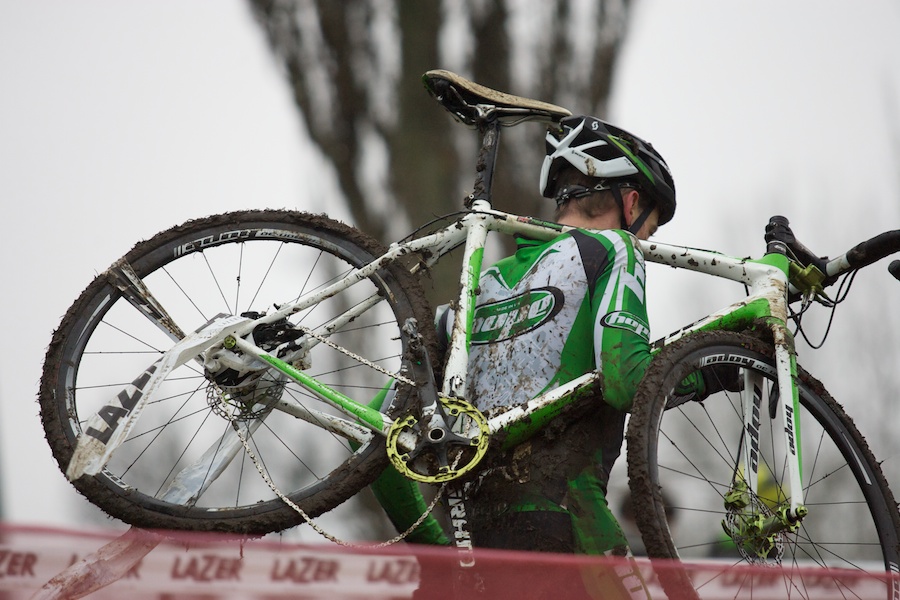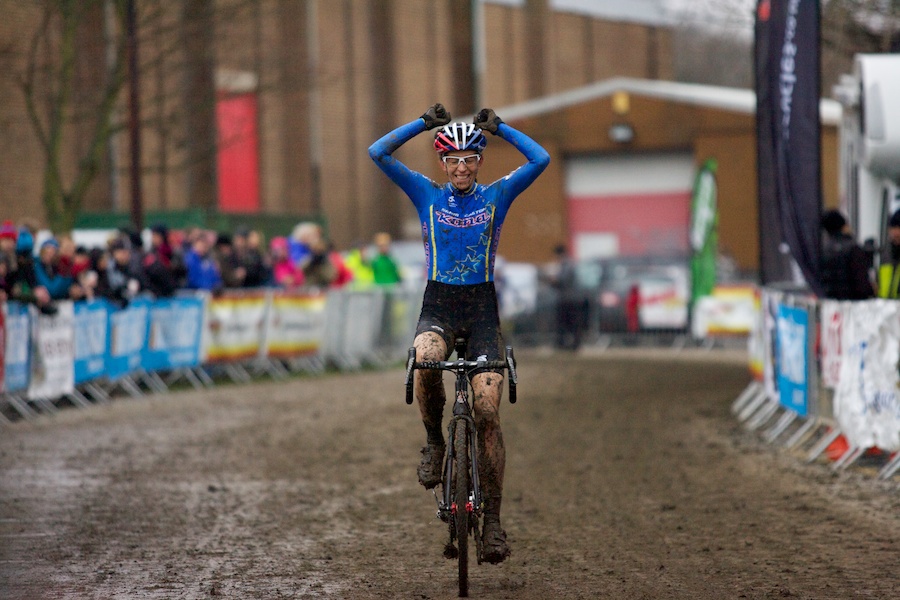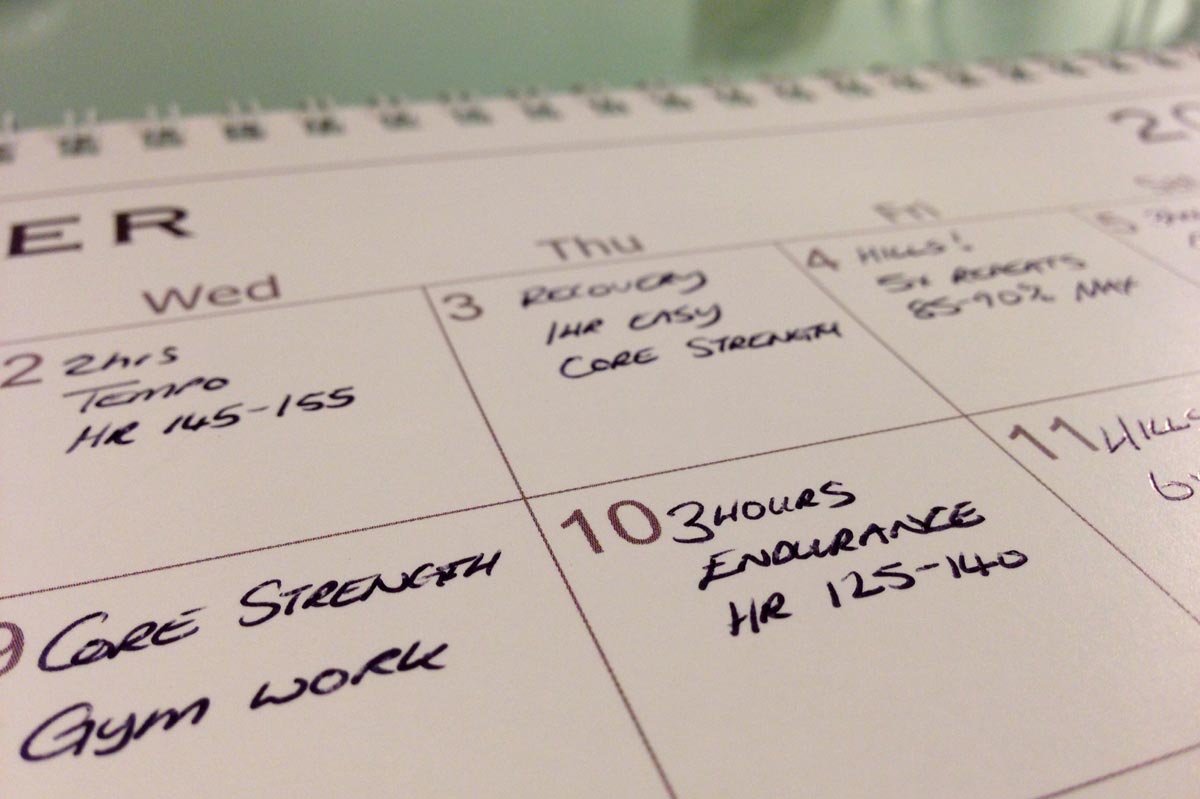Stay seated
The effort of a climb places greater pedalling force through the rear wheel, increasing the importance of traction. A standing climb will place the greatest demands on rear wheel grip. Pedal stroke is harder to control and your legs can be made like pistons, sending uncontrolled bursts of power to the rear wheel. Additionally, you’re likely to leaning forward, with your weight over the handlebars, at the opposite end of the bike from where it needs to be.

Seated climbing can represent a more efficient mode when roads are wet, weighting the rear tyre and forcing it into the tarmac, in a reverse of the scenerio discussed in cornering on wet roads, where its important to place weight on the front wheel. If the climb is short enough to ‘muscle’ your way to the top, so much the better: think of it as winter power training. If it’s too long to tackle seated while remaining in the big ring, then change to the inner ring and spin your way to the top.





